Must Detroit Shrink to Survive?
Detroit, facing tight budget, must decide which neighborhoods to fund and which, if any, to let go.
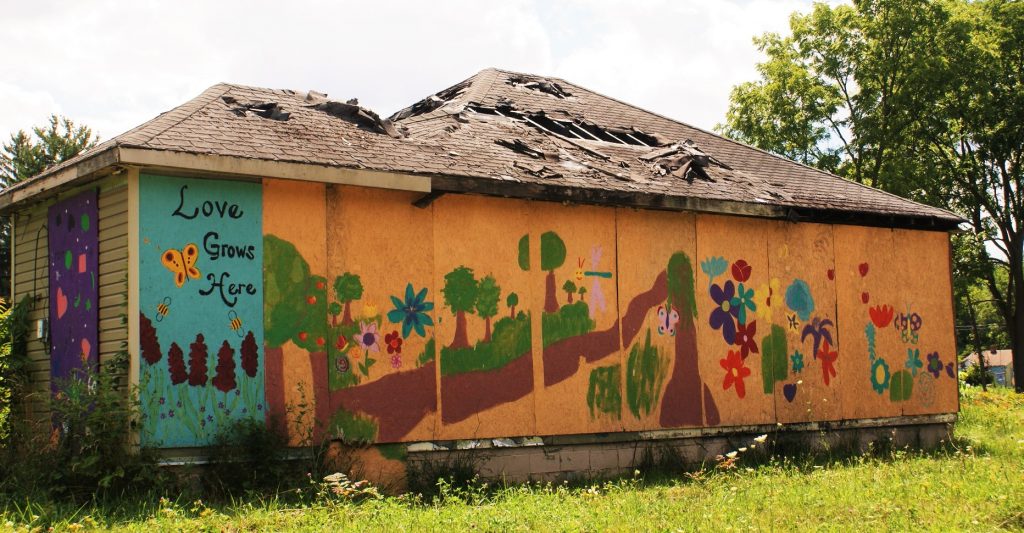
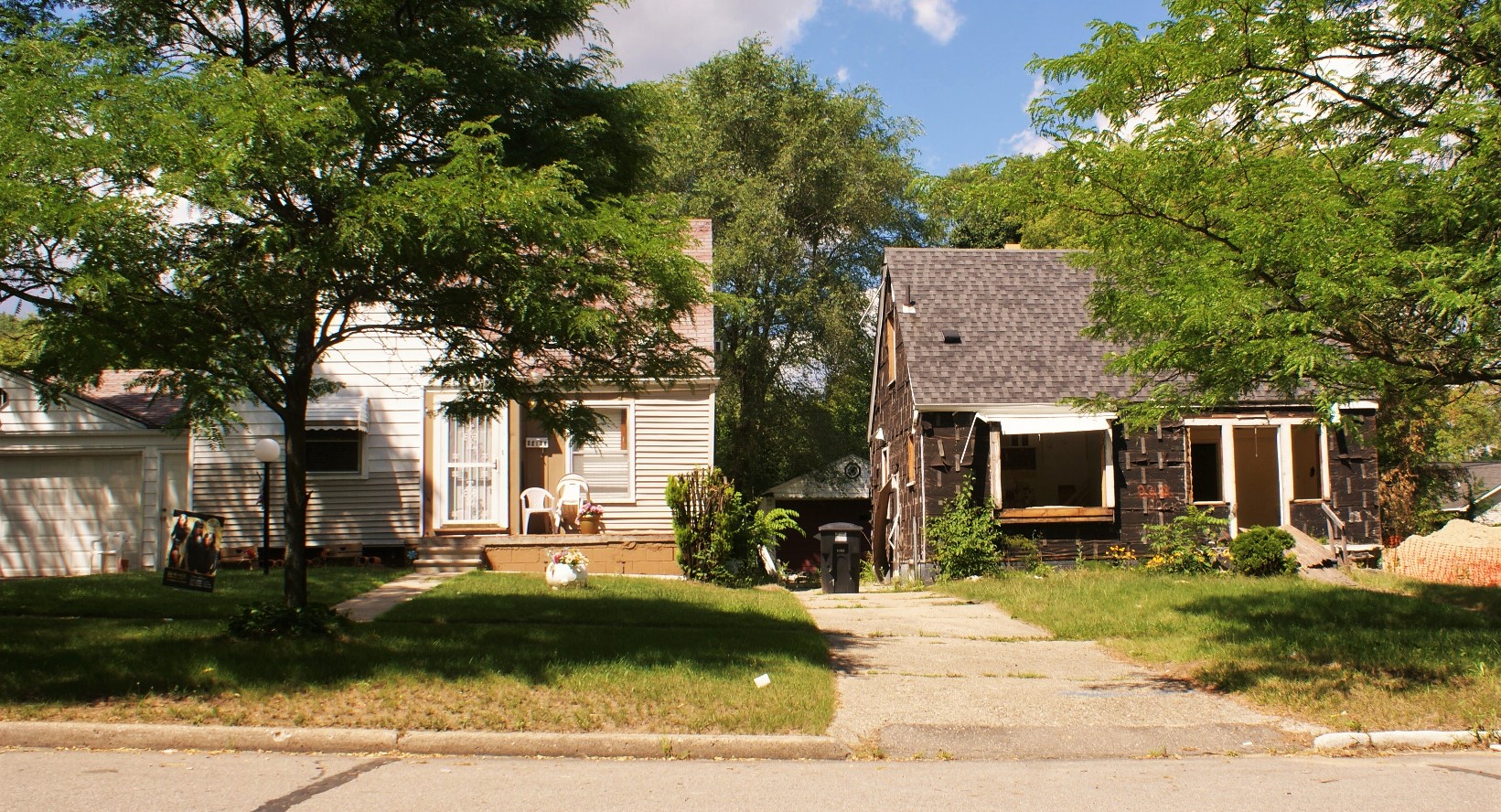
When the city of Detroit emerged from the nation’s largest-ever municipal bankruptcy almost two years ago it was left with a razor-thin financial cushion.
Now Detroit’s downtown is booming with new investments.
But much of its outer-lying neighborhoods remain abandoned.
And Detroit officials are weighing precisely where to concentrate the city’s scant resources.
Detroit is huge – 139 square miles.
At its height in the 1950’s the Motor City had almost 2 million residents.
Now, after decades of lost manufacturing jobs and at times outright public corruption, Detroit has a population of less than 700,000.
Hope Amid Desolation
One of the most desolate, and dangerous, neighborhoods is called Brightmoor.
Yet on the front porch of a modest single family home Dawn Wilson-Clark sits in a pocket of hope, one of hundreds of homes built about a decade and a half ago to push back against the overwhelming blight.
“And actually my ex-husband was not happy about this location,” Wilson-Clark said. “I told him don’t worry about it, they’re gonna tear that house down, they’re gonna tear these houses down, and in ten years the neighborhood is gonna be different and we’re gonna be a part of that. He didn’t agree. And I’m still here with a wonderful new husband, ha, who is helping me be a part of the change.”
Wilson-Clark says she has to drive her children miles away from Brightmoor so they can attend decent schools.
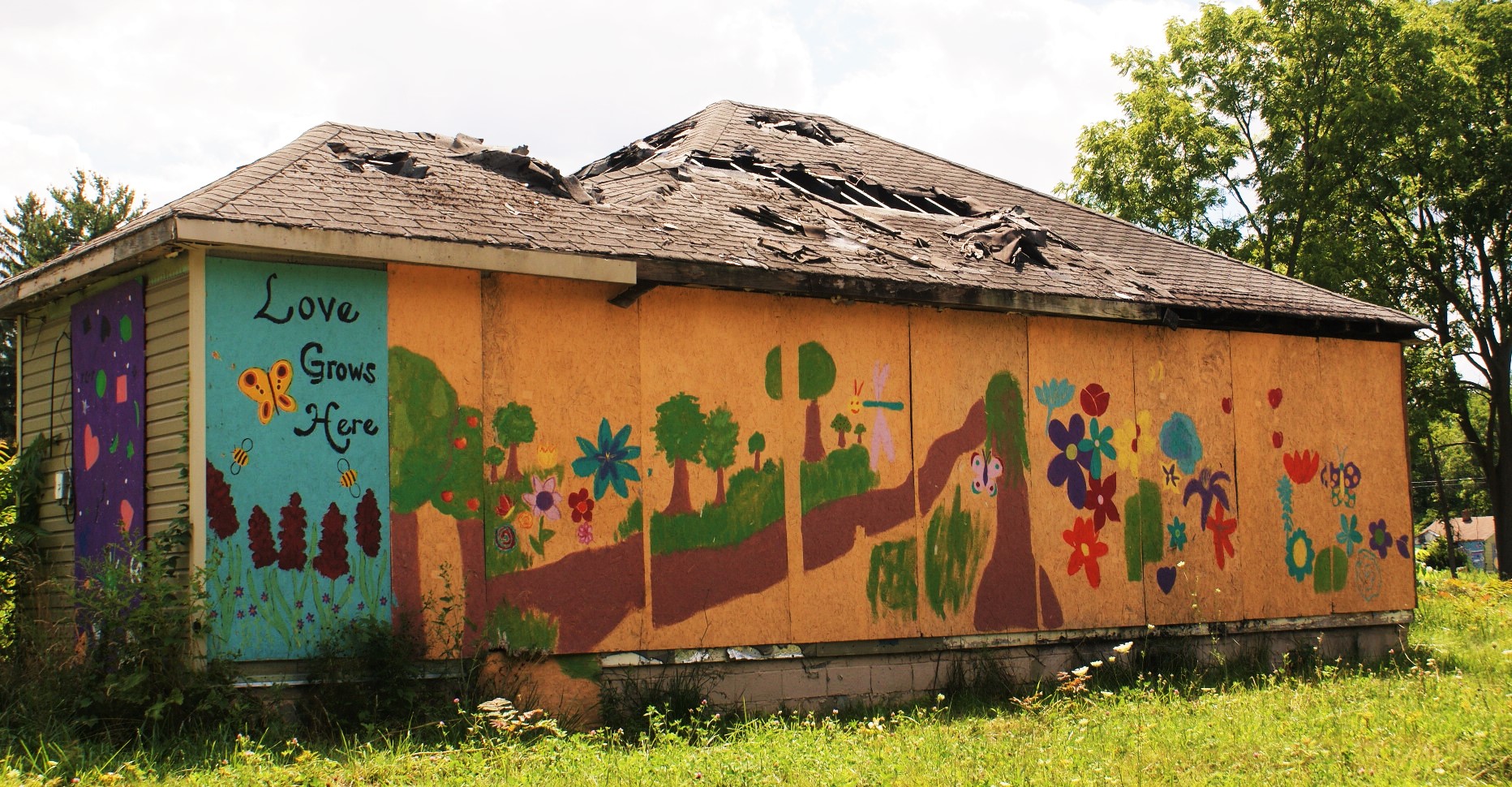
But she also says her kids have had positive entrepreneurial and artistic experiences in Brighmoor she doubts would happen anywhere else in the city.
She wonders if Detroit officials will consider that when they determine how much service to provide to the mostly-decayed area.
“You need to realize that people matter, not just big business. And not just the people moving into this new, fancy, hip Detroit. You need to take care of the people who’ve taken care of the city.” — Brightmoor resident Dawn Wilson-Clark
Wilson-Clark said, “I just hope residents are at the table when those decisions are being made. We have endured the blight, the turmoil, the gun shots, the crime. But we’ve stayed in our communities because we wanted to be there. We need to have a voice.”
Different Futures
City officials say that message has been received. Or so says Detroit’s chief city planner, Maurice Cox.
“All these neighborhoods have a future. They don’t all have the same future,” Cox said.
He came to Detroit after helping guide the rebuilding of flood-ravaged New Orleans following Hurricane Katrina.
But Cox says in many ways the situation in Detroit is worse.
“One of the challenges that Detroit has is because it’s so large, whenever you invest in the public realm you can barely see it because often it’s spread so thinly. And where investors see the public resources, they tend to gravitate,” Cox said.
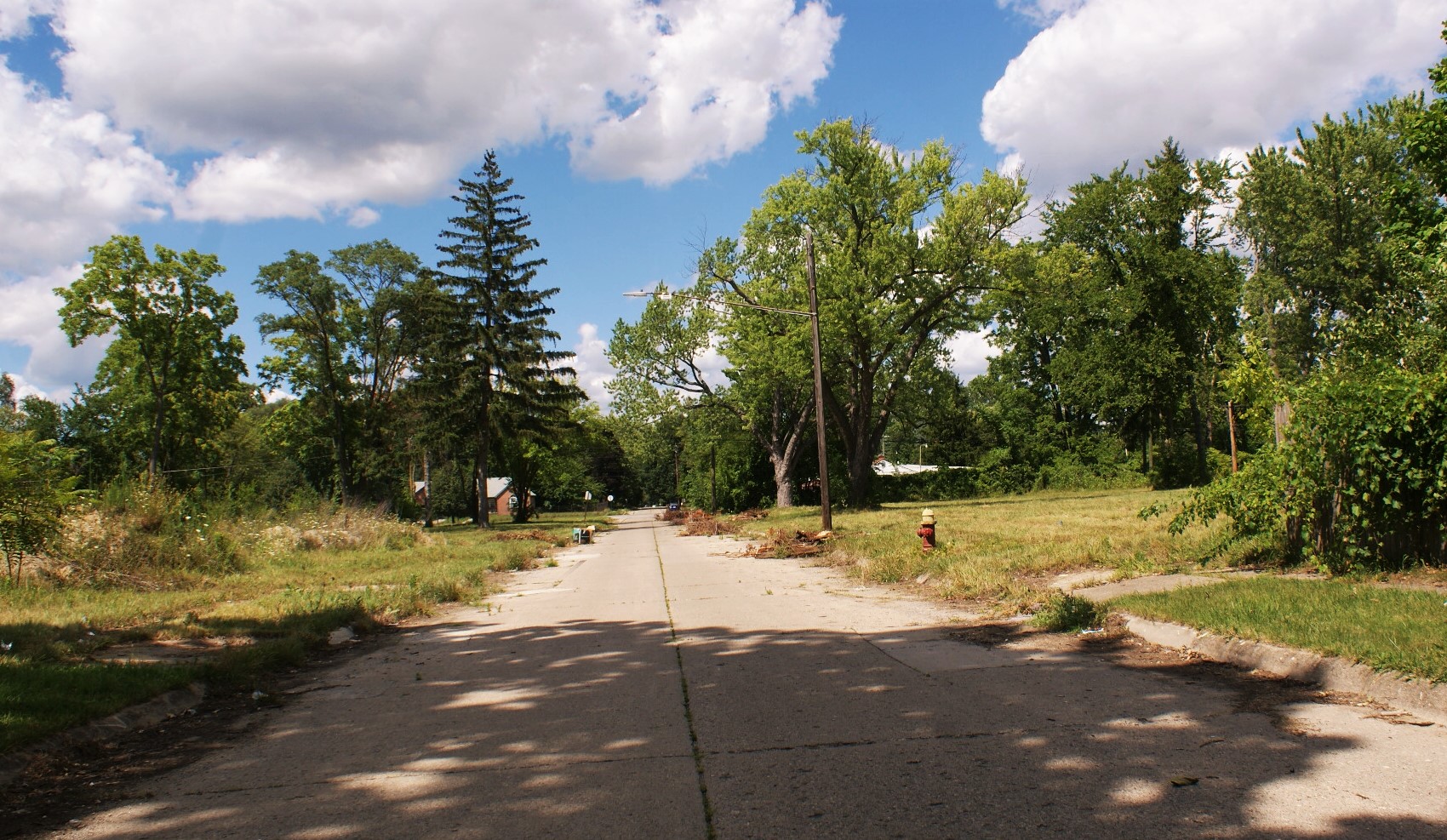
Yet Cox says the mostly-vacant outskirts offer a unique opportunity.
“We can go in and green 20 acres,” Cox said. “Like how many neighborhoods in America can you go in and do that? And then actually employ people from that neighborhood as a part of the green collar workforce. And then on the flip side we have probably the largest inventory of historic structures that are available for reuse in the country.”
Cox vows that Detroit will continue providing water, electricity and police protection to all neighborhoods, even those that are desolate.
But he predicts that will become increasingly unnecessary as rebuilding continues in Detroit communities that are beginning to thrive.
Cox said, “So if you have a chance to live in a neighborhood where you can walk within 20 minutes of your house to grocery, fresh produce, greenways, quality schools. Or you can live in an area where you don’t have many neighbors anymore, the services are inadequate. Where would people rather live?”
Weighing Options
It’s a question other groups are pondering as well.
At a kind of think-tank called Detroit Future City, Executive Director Anika Goss-Foster points to a map of projects she says are flourishing in impoverished neighborhoods that are proving unexpectedly resilient.
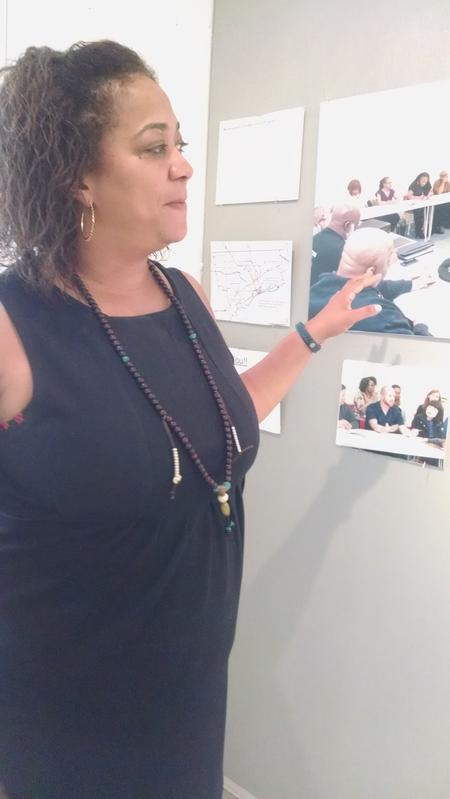
She said, “The view of the city was very black and white. The city’s too big so we need to shut it down, right? I think now we’re viewing those communities very differently. Let’s think about how we might use vacant land for a solar array to (increase) energy efficiency. You need large acreage for that. Let’s think about the land for community farming.”
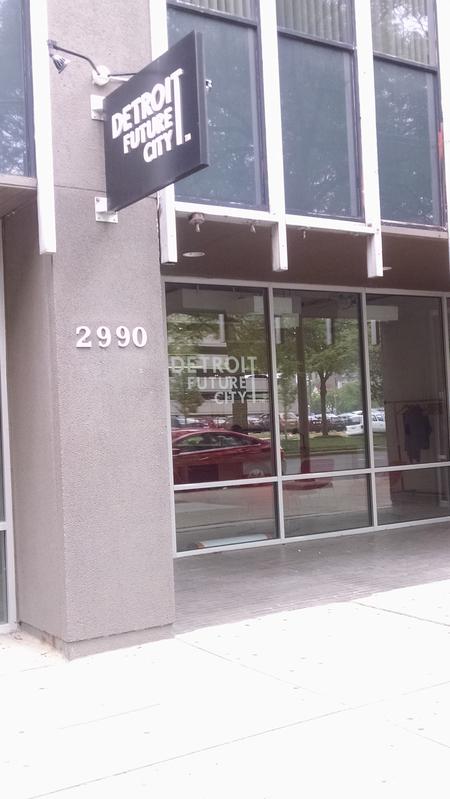
That approach is resonating far beyond Detroit, with some who view the city as a living laboratory for testing urban revitalization.
They include a trio of architectural students from Holland who wanted to rebuild a rundown, abandoned Detroit home.
Student Bob Hendrickx says they examined ways to make so-called “shrinking cities” sustainable around the globe and decided the Detroit house offered one of the best opportunities to put what they were taught into practice.
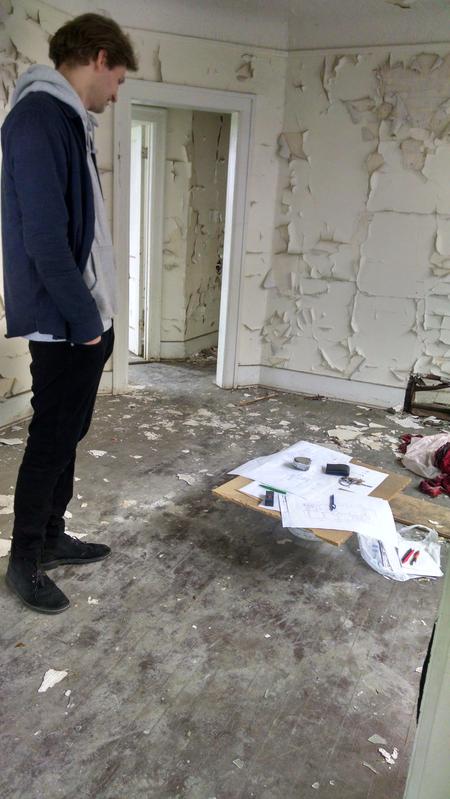
“We want to make it a showcase,” he said. “So an open-source pavilion. The second floor we’ll donate to a family that lost their house due to foreclosure. And the first floor will be an open source community house where the people of Detroit, and especially the neighborhoods, can get education about sustainable housing.”
Hendrickx says Europeans could learn from Detroiters efforts to reuse housing stock, and even pieces of wood left over from homes that have been demolished.
He also applauds the idea of leaving land vacant for future use. At least to an extent.
“But in some way it’s also very dangerous to have all these vacant lots,” he mused. “I think it’s also a resource of problems. And what we heard sometimes is neighbors, if the house next to them was vacant, put them on fire just to get rid of it.”
A Booming Downtown
Miles away, in some ways world’s away, Detroit’s downtown is humming with new construction: A huge sports arena complex, a commuter rail line.
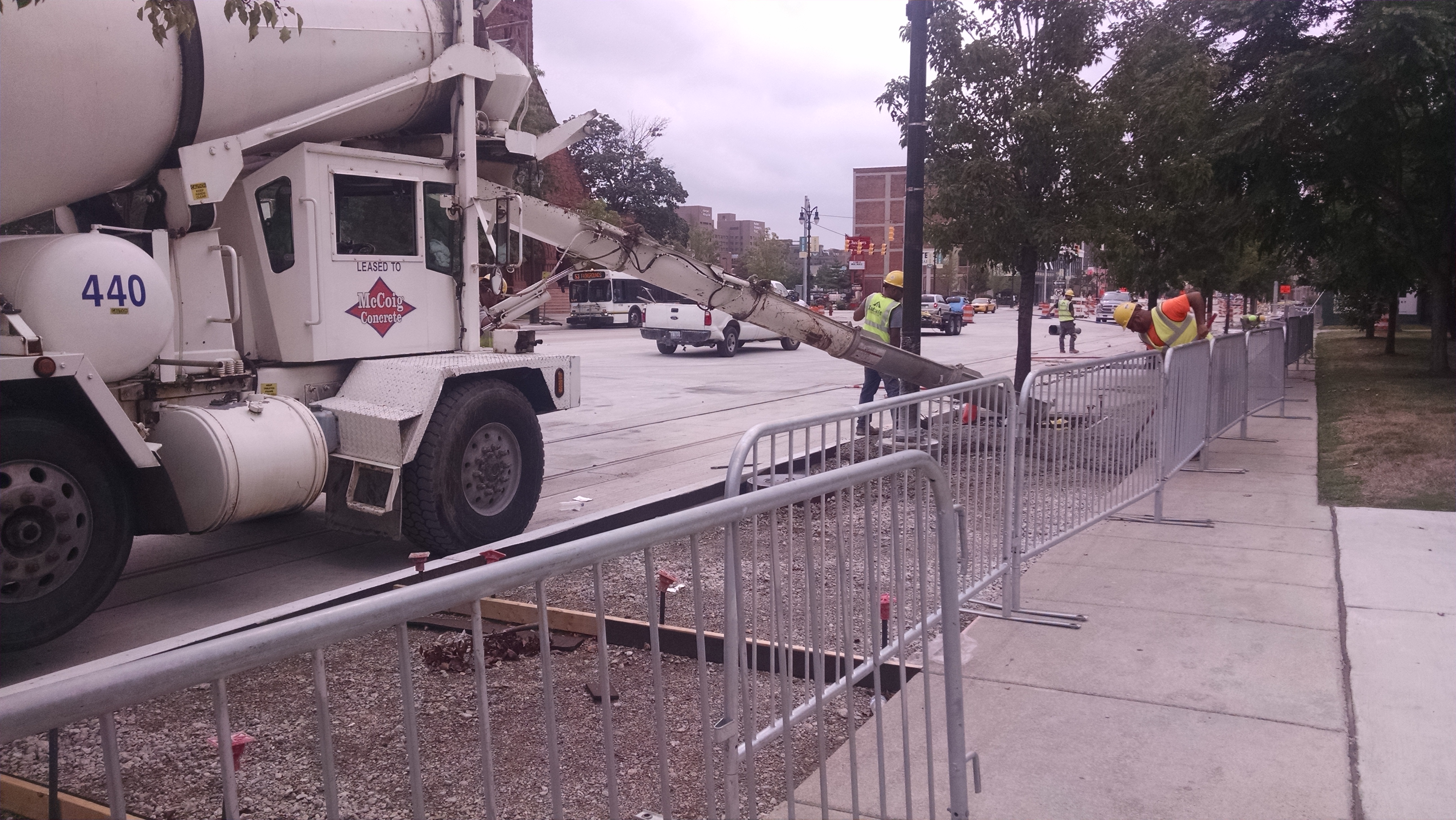
Some long-time Detroiters fear the new investment is geared more to attract upscale white millennials than the city’s current population, which is overwhelmingly African American.
City officials are trying to bridge some of the decades-old gaps. In one example Detroit officials are battling with their suburban counterparts to create a long-sought and badly-needed regional transit authority.
But back in Brightmoor Dawn Wilson-Clark wonders if her neighborhood, or others left mostly-abandoned, will truly have a place in Motown’s future.
“You need to realize that people matter, not just the big business. And not just the people coming in, moving in to this new, fancy, hip Detroit. You need to take care of the people who’ve taken care of the city.” She said.
Detroit officials say they regularly meet with community leaders as they decipher where best to use the city’s financial resources.
But they add that they must increase Detroit’s tax base if they hope to afford the way forward.
And that means attracting new residents who, officials say, will in all likelihood want to move to a city with a vibrant urban atmosphere, not neighborhoods filled with the debris of the past.
